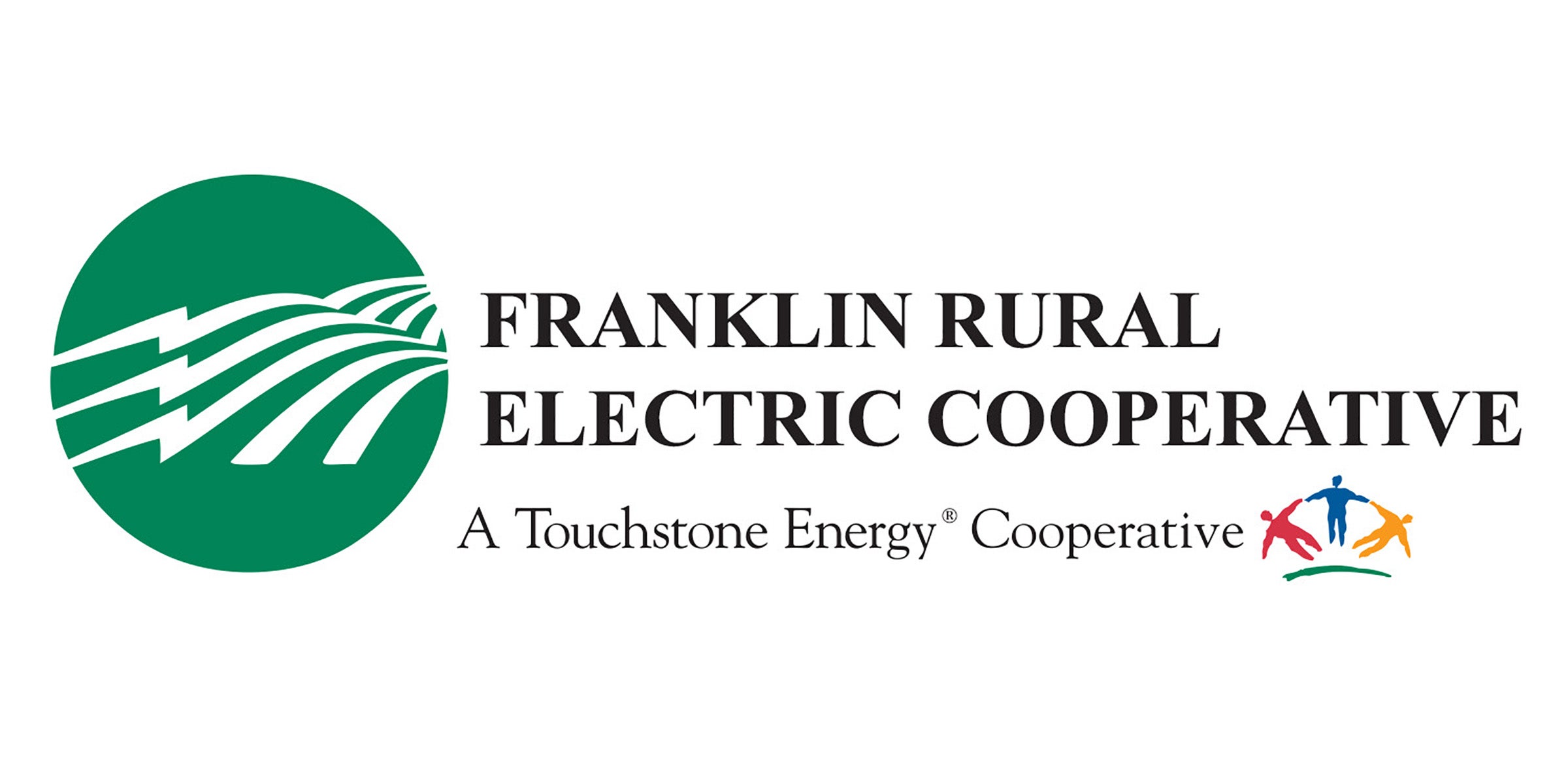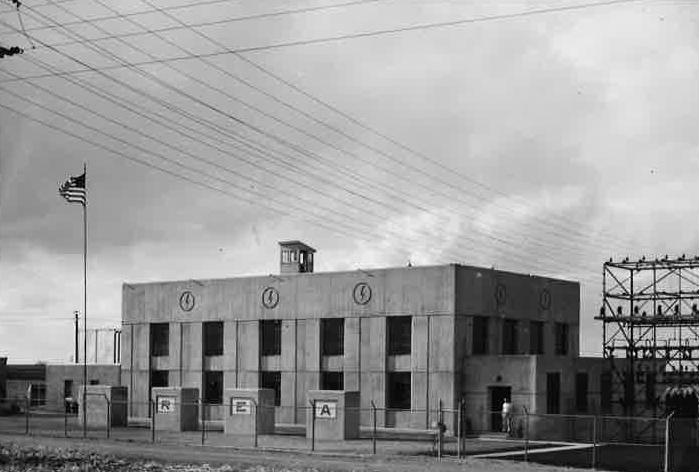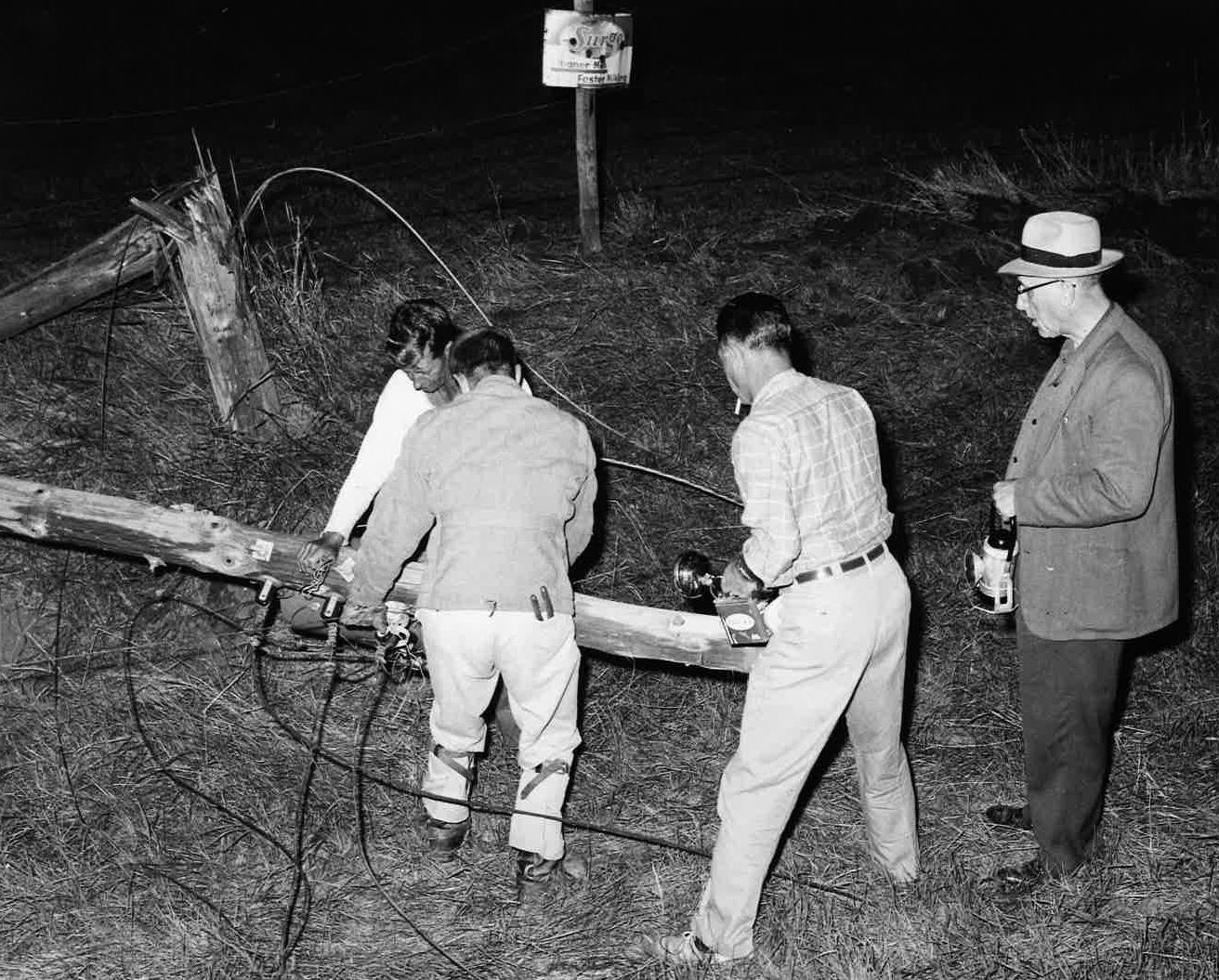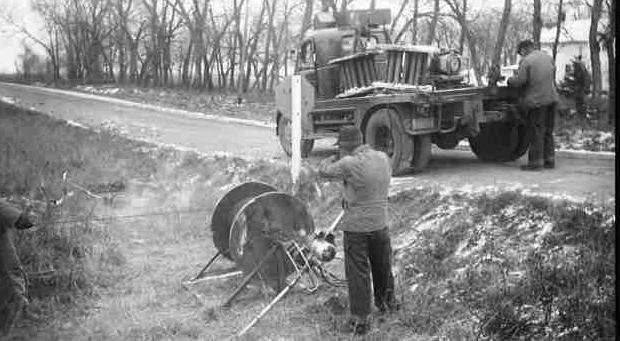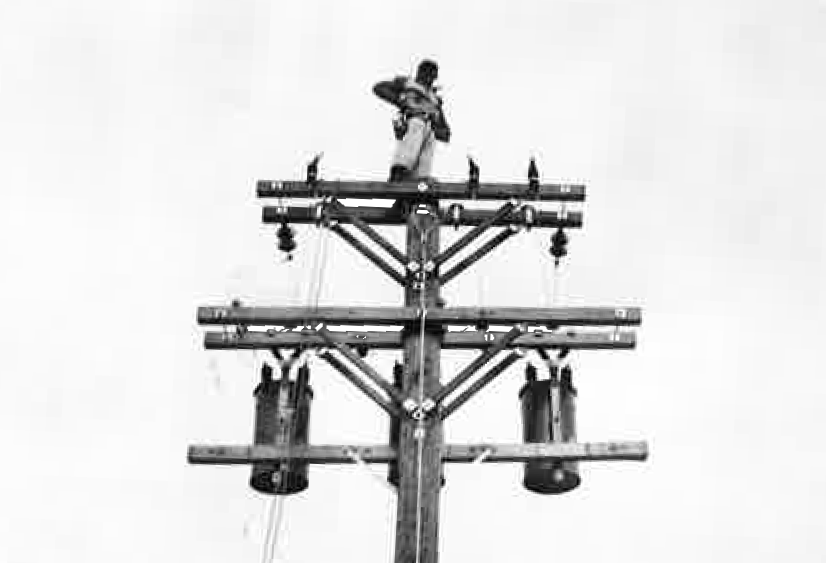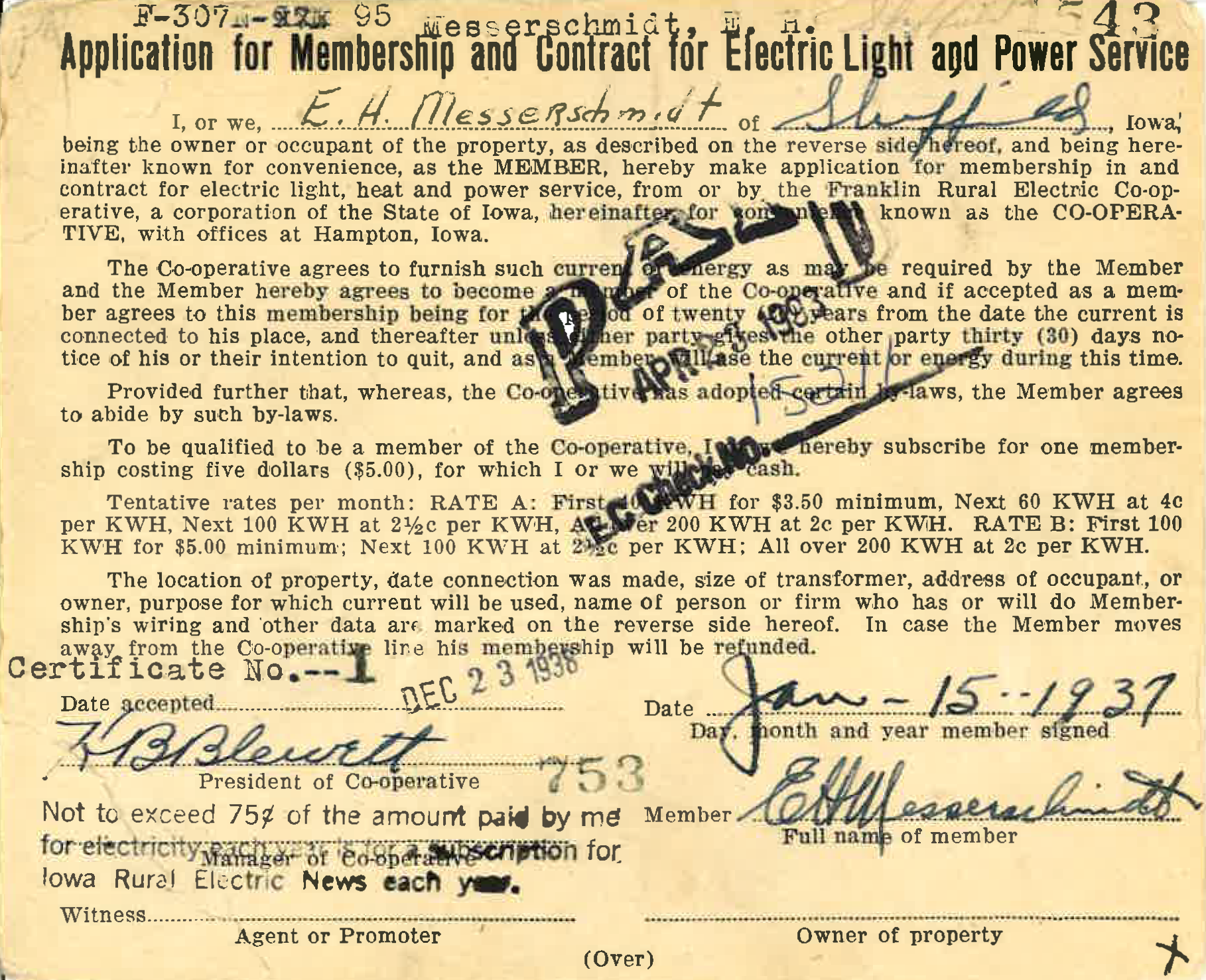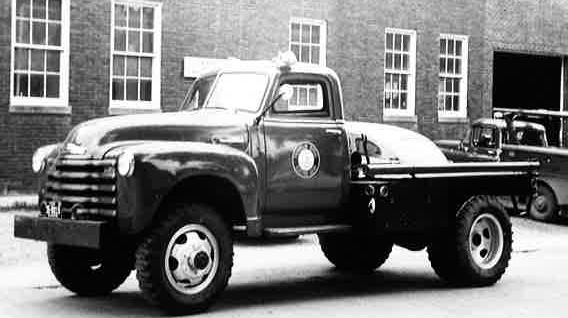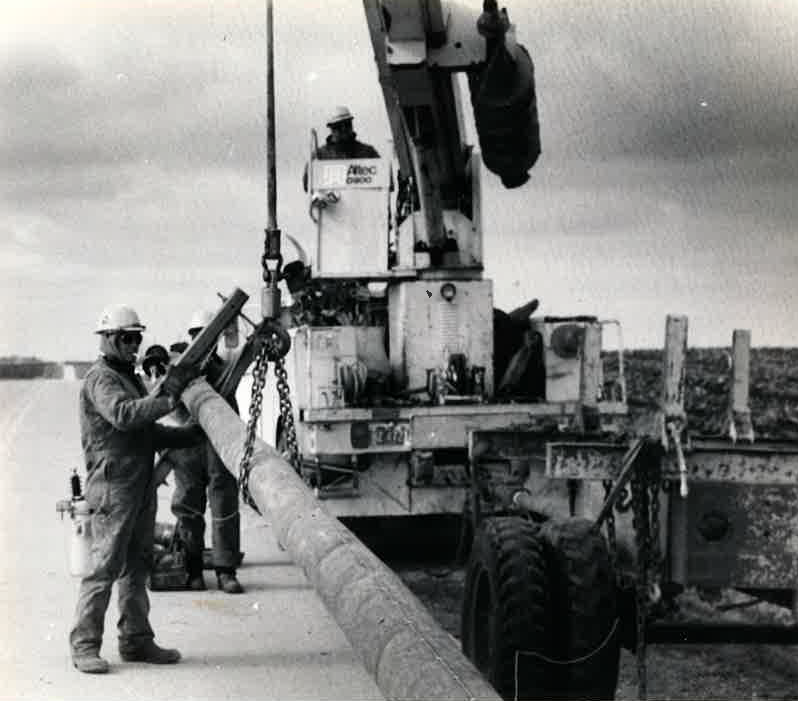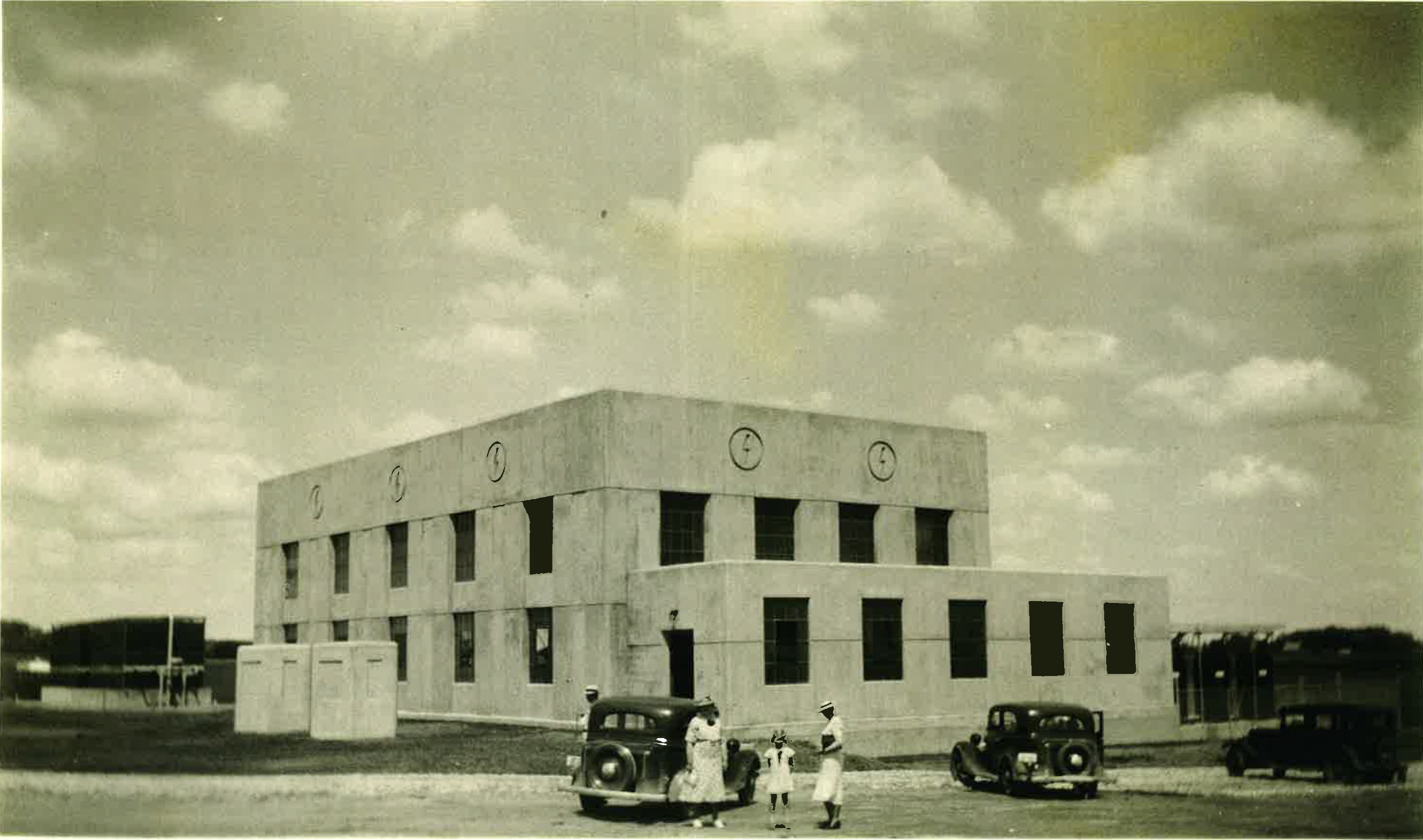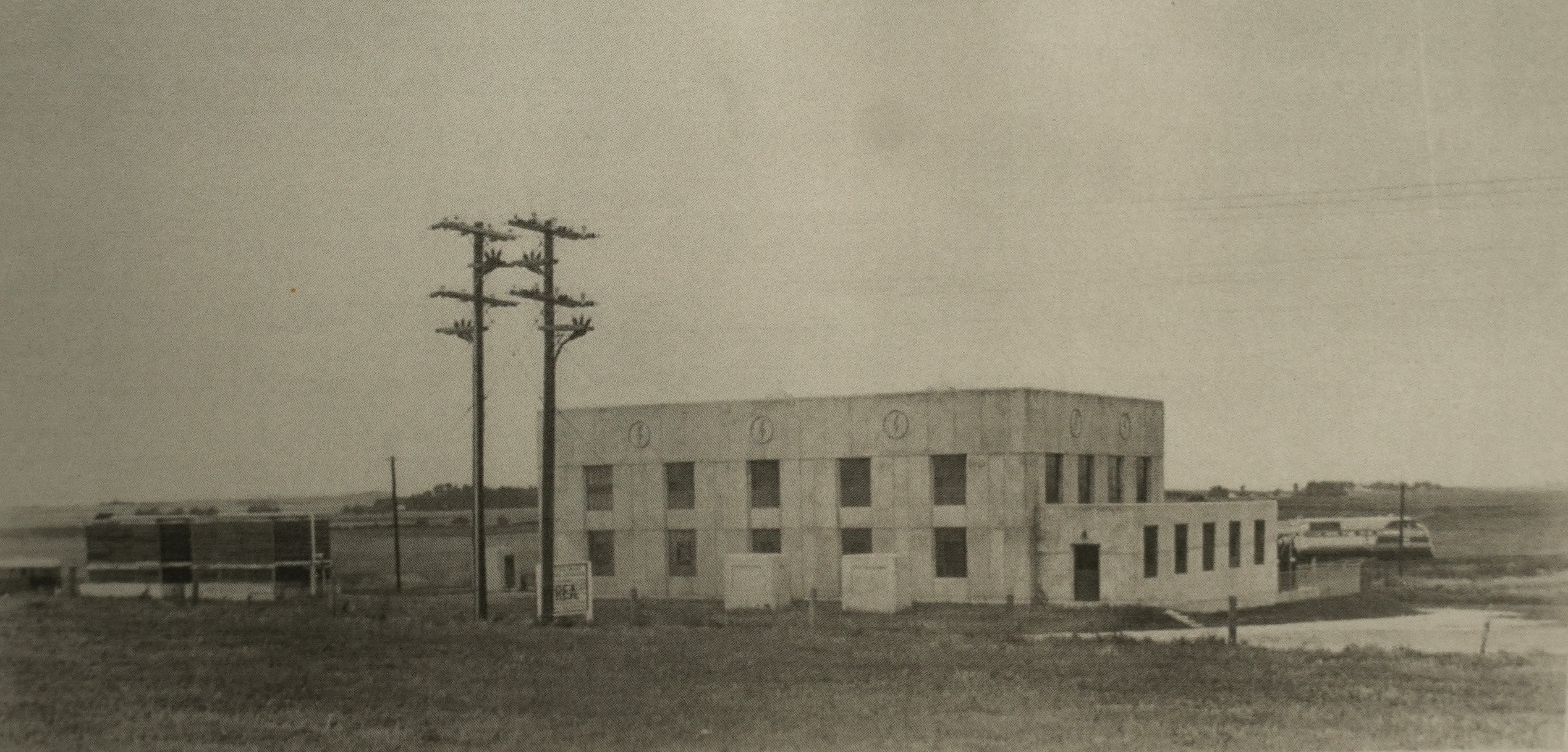
The REA Power Plant, located in Franklin REC's service territory, is a National Historic Landmark that played a pivotal role in rural electrification between 1935 and 1950. As a cornerstone of the Rural Electrification Administration’s mission to bring power to rural communities, this historic site transformed lives and industries. Now a museum owned by the Franklin County Historical Society, the plant preserves the story of innovation and progress. Below, explore the timeline of the REA Power Plant’s remarkable journey and legacy.
The Journey of the Reeve Power Plant: From Innovation to Historic Landmark and Museum
The history of electric cooperatives is woven into the fabric of rural America, where a shared sense of purpose has always united individuals in pursuit of a brighter future. Prior to the initiation of electrification, rural life was defined by darkness, isolation, and relentless challenges. Yet, even in the most trying times, these communities possessed a determined spirit—a vision that would forever change the course of American history. That spirit, fueled by grit and willpower, laid the foundation for one of the most profound and transformative movements in our nation’s past: rural electrification.
On May 11, 1935, President Franklin Roosevelt signed Executive Order No. 7037, establishing the Rural Electrification Administration (REA). This pivotal moment in history created the Rural Electrification Act, a federal loan program that sought to bring the power of electricity to rural America. While investor-owned utilities resisted, farmers of rural America saw an opportunity and flooded the newly formed program with applications, signaling the dawn of the electric cooperative movement.
Northern Iowa embraced the call for electrification. Newspapers like the Hampton Chronicle served as champions for electrification, urging community support with articles like March 12, 1936’s, piece, "Are You Interested in Rural Electrification?" It was a call to arms—a call for unity to bring light to the countryside. And so, Iowa farmers gathered, forming cooperatives that would forever change the landscape of rural life.
The cost of this dream was shared among farmers committing to pay a monthly fee, roughly $5.00, for 100 kilowatt-hours of electricity. It was a leap of faith for many, as skepticism and doubt lingered. However, the cooperative spirit ran deep, and farmers’ collective perseverance soon proved naysayers wrong.
On February 10, 1937, northern Iowa farmers joined together to incorporate the generation cooperative, Federated REA. Days later, REA Deputy Administrator John Carmody announced the decision to fund Federated REA which would serve Franklin, Hardin, Wright, Butler, Grundy, and Hancock counties. The $222,000 loan laid the groundwork for the Reeve Power Plant south of Hampton, Iowa.
The Reeve Power Plant is situated on six acres next to the Rock Island Railroad, this helped ensure construction materials and fuel could be easily transported to the site. The winning construction bid of $51,875 by a local contractor allowed work to begin on September 1, 1937, signifying construction of the power plant was full steam ahead. Concrete was mixed and poured by hand, innovative methods of steam and tarps helped overcome the freezing temperatures of the harsh Iowa winter. When snowfalls and ice created additional challenges, workers rolled up their sleeves and fought on, determined to meet their mission.
By January 1938, the Reeve Power Plant was fully enclosed, and mid-March, the first two engines—massive Nordberg powerhouses—were tested and successfully fired up. Then, on March 23, 1938, at 8:30 a.m., the dream became a reality. The Reeve Power Plant began operations, delivering 24-hour electric service to its six rural counties. With that, Federated REA had become the first cooperative west of the Mississippi River to generate and distribute farmer-owned electricity, marking the beginning of a new era. In less than seven months, against all odds and through one of Iowa’s harshest winters, rural electrification had arrived. In the years that followed, two additional engines were added, and crews braved more storms and struggles that came with the expansion.
In 1947, Federated REA merged with the Central Electric Federated Cooperative Association in Pocahontas, Iowa, to form Corn Belt Power Cooperative. This new cooperative structure responded to the soaring demand for electricity, utilizing the Reeve Power Plant to manage overflow from its primary generation facility. During this period of peak demand, energy brownouts became a common occurrence, with sections of the service territory experiencing reduced electricity usage to balance the grid. Concurrently, rural electrification had reached over 90% of U.S. farms, a remarkable achievement that underscored the success of the cooperative model.
In 1950, Corn Belt Power Cooperative transitioned the Reeve Power Plant to standby mode after commissioning a new generation source capable of meeting the grid's growing needs. Despite this change, the site continued to house a substation, providing vital support to the cooperative’s members in the region and maintaining its role in the legacy of rural electrification. After serving its membership for decades, the generation plant was finally taken out of commission in 1974.
In 1988, the plant was donated to the Franklin County Historical Society, and through the efforts of countless volunteers, the REA Power Plant Museum was born. The museum, which opened to the public in 1990 as a Historical Place on the National Register, stands as a powerful reminder of the hard work, sacrifice, and unity that made rural electrification possible. In 2002, the museum earned recognition as a point of interest within the Silos and Smokestacks National Heritage Area.
As of December 2024, the Reeve Power Plant was designated as a National Historic Landmark, honoring its legacy as the last remaining original plant built following the 1936 Rural Electrification Act. This recognition not only commemorates the plant’s physical structure but also celebrates the remarkable spirit of innovation and perseverance it represents. With many thanks to the Franklin County Historical Society and volunteers like Rick Whalen of Hampton, Iowa, the historic site remains a testament to rural America’s transformation. The Franklin County Historical Society’s dedication helps to preserves the spirit of hope, resilience, and effort that made electrification possible, ensuring the story continues to inspire future generations.
Museum exhibits showcase the challenges and triumphs of a bygone era, while displays highlight life before and after electrification. Visitors can also see artifacts like the original three-cylinder engine, circuit panels, transformers, and the iconic concrete blocks with “REA” engraved on them. The museum offers a living history of rural America’s transformation, powered by the cooperative spirit and the collective will of those who dared to dream of a brighter future.
The story of the Reeve Power Plant is one of hope, resilience, and a brighter future built by the hands of those who refused to be defined by darkness. Today, it stands as a beacon of the past and a tribute to the cooperative spirit that transformed rural America.
